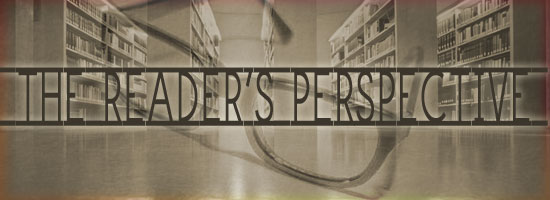The Art of Reading
Darcie Riedner
As editor of a short story anthology, author Margaret Atwood faced the nearly inconceivable task of choosing a mere twenty short stories from the two thousand eligible for inclusion. Feeling the need to explaining her selection process, Atwood wrote the commentary Reading Blind. While her purpose was to explain her criteria for the stories she chose, she could have been writing a how-to guide for reading books; not only as a reviewer for Portland Book Review but as a committed, emotionally invested Reader; “Once you start making lists or devising rules for stories, or for any other kind of writing, some writer will be sure to happen along and casually break every abstract rule you or anyone else has ever thought up, and take your breath away in the process”.
Many people do not read for the pure enjoyment of the mental and emotional immersion as a true Reader will. To be a Reader is a rare gift; it is a talent which requires care and attention. Every time a Reader begins a book or story, they must be willing to abandon all preconceptions. Each character and storyline must be greeted as a stranger by the Reader thrilled at the prospect of the unknown and committed to taking a journey of discovery. Even in reading a series, the Reader must have the ability to accept the unexpected in those most familiar. Otherwise, they hold themselves, and ultimately the author, captive in the rigidity of their own expectations. The Reader should give the story the opportunity to breathe, to expand, to present itself before there is judgment. Reading, as writing, is a craft. It must be practiced for its potential to be fully realized. There is risk. Not every book will be worth reading. There is reward. Even a most beloved, much read book can yield a surprise.
The writer’s investment in the story and the manner in which it is told was a critical element in Atwood’s selection process for the anthology as described in her commentary “Expressing yourself is not nearly enough. You must express the story…”. This is the true Reader’s point of view as well; the Reader’s investment in the story and the manner in which it is told is critical. Atwood recognized the connection of writer and reader; “Most of those who hear it or read it will never know you, (the writer) but they will know the story. Their act of listening is its reincarnation…”. The true Reader is reborn on each page of a book or story.

